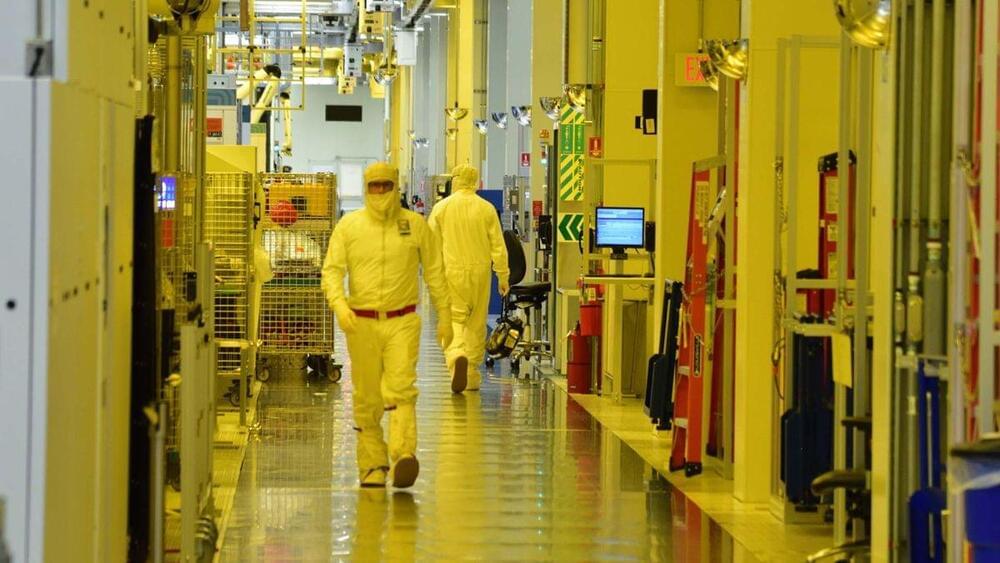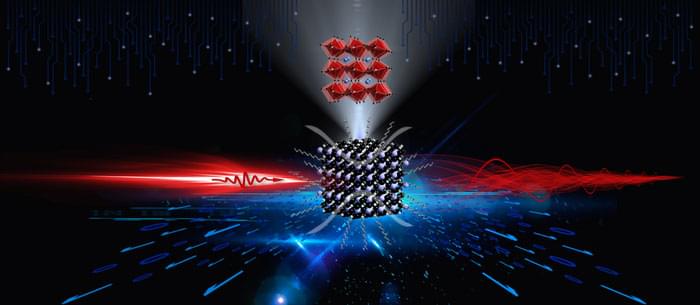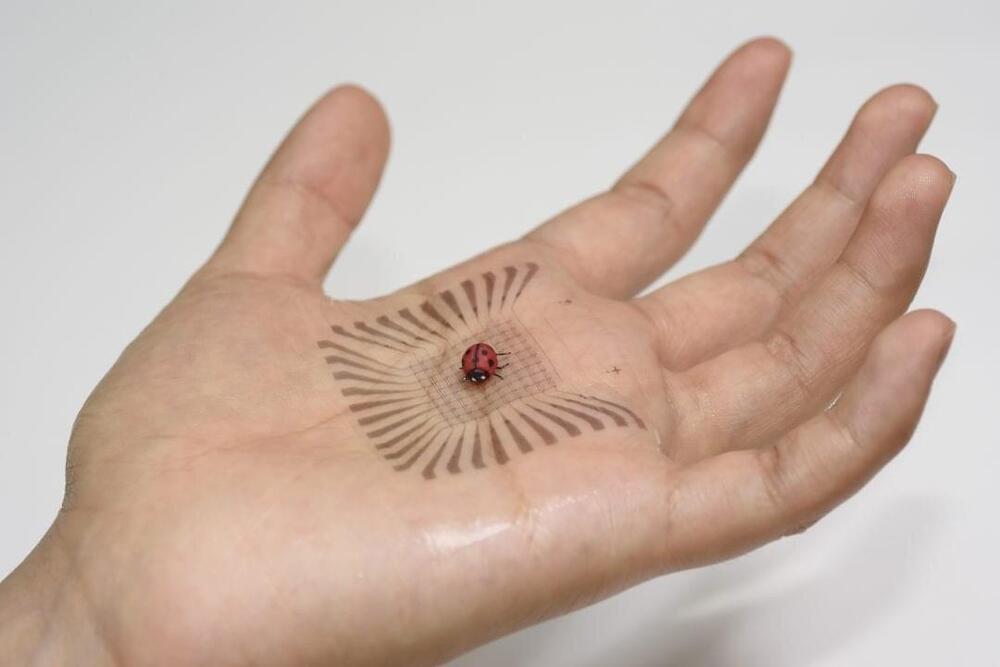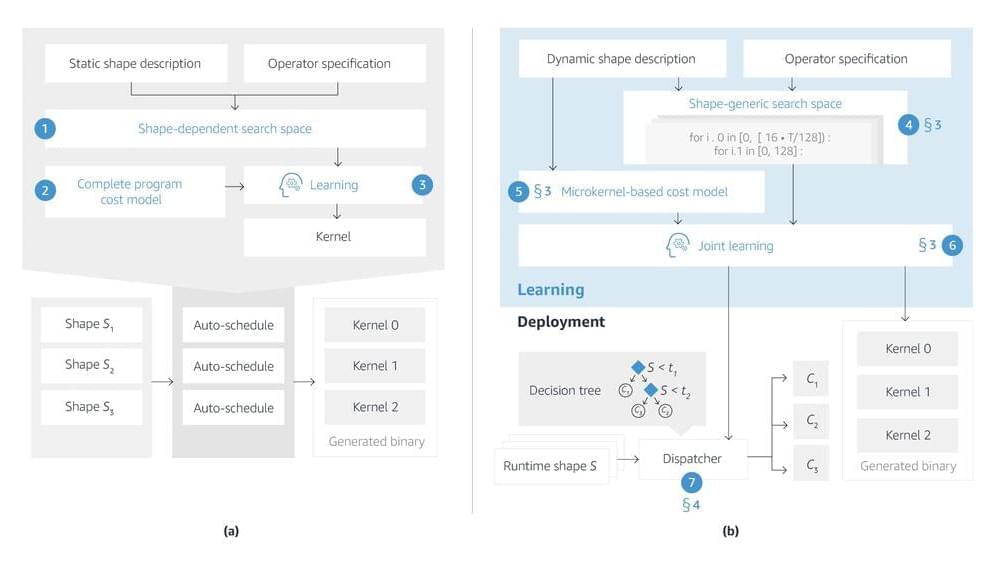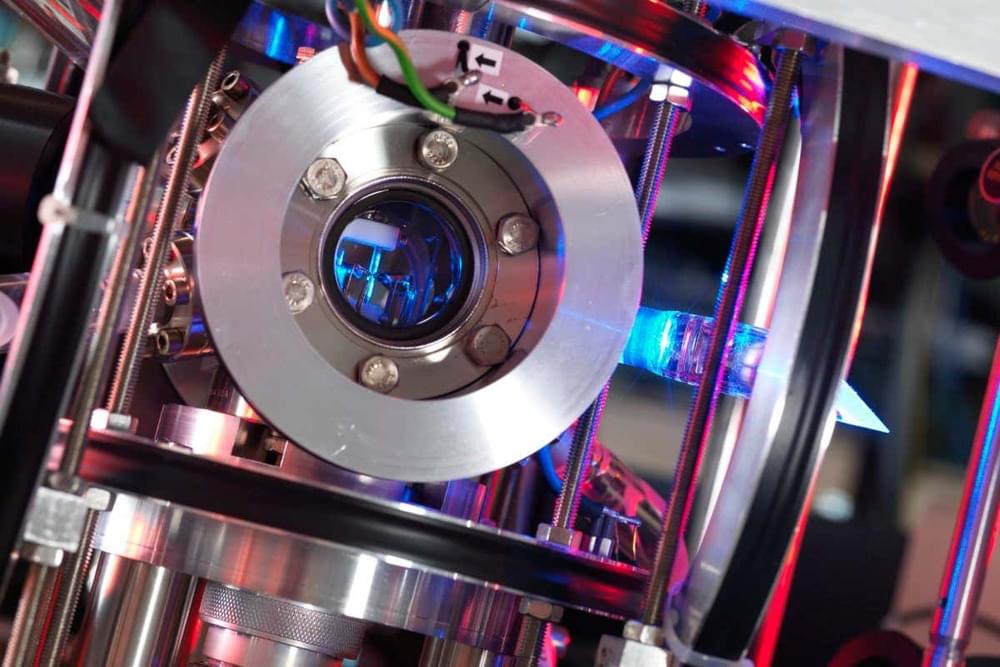Vocal biomarkers have become a buzzword during the pandemic, but what does it mean and how could it contribute to diagnostics?
What if a disease could be identified over a phone call?
Vocal biomarkers have amazing potential in reforming diagnostics. As certain diseases, like those affecting the heart, lungs, vocal folds or the brain can alter a person’s voice, artificial intelligence (A.I.)-based voice analyses provide new horizons in medicine.
Using biomarkers for diagnosis and remote monitoring can also be used for COVID-screening. So is it possible to diagnose illnesses from the sound of your voice?
Vocal biomarkers give us new opportunities in prevention also.
Let’s have a look at where this technology stands today.
